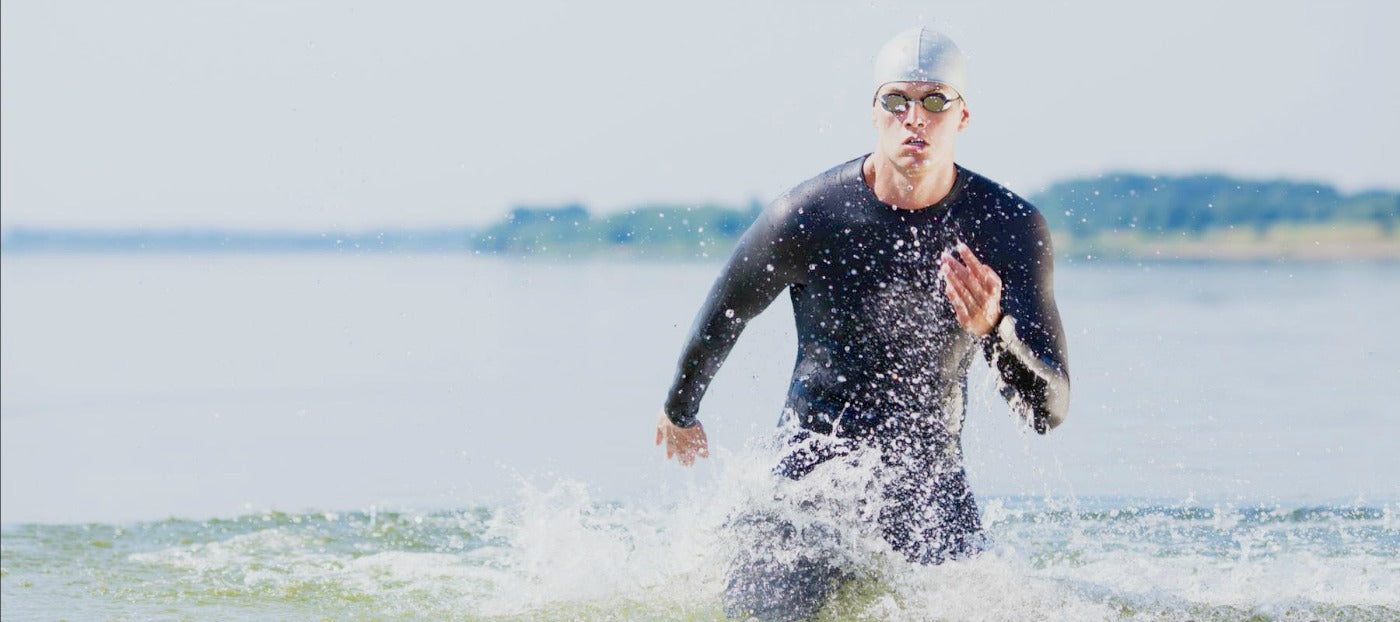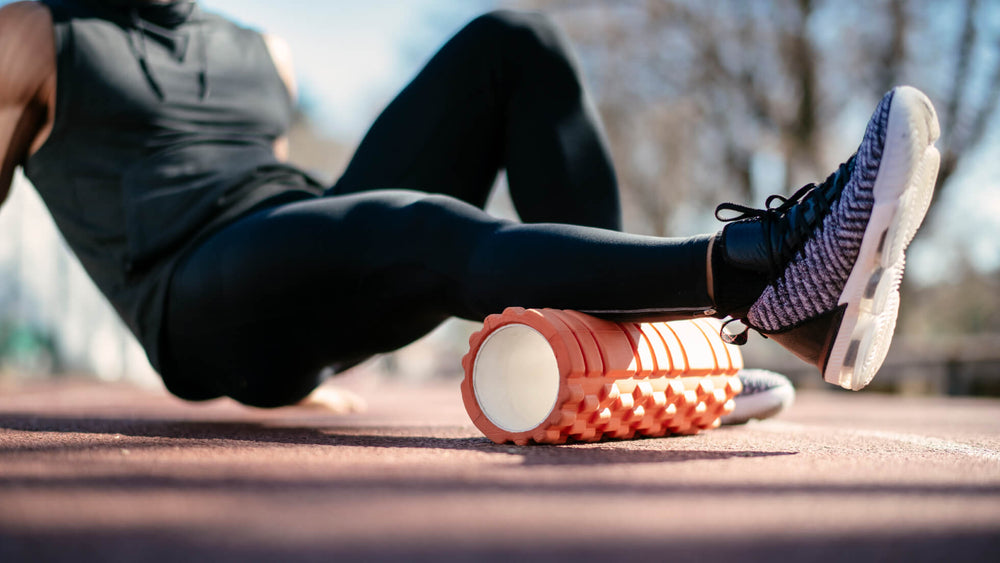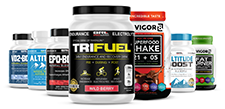Training For Your First Triathlon

All serious endurance athletes aspire to one day complete in an ironman competition — a grueling 3.8K swim and 180K bike ride followed by a marathon. Completing just one of these legs is no easy feat and requires plenty of training; but how in the world can you train for and compete in all three?
Set Goals
First, you have got to set goals. If you are just looking to complete in an ironman competition, your training is going to look much different than, say, trying to win your age group or qualify for the world championship.
Once you have goals in mind, determine which ironman you will be competing in. The amount of time needed to train varies, but for most it is somewhere in the 20- to 30-week range.
If you have lived a relatively sedentary lifestyle up to this point, then you may need a little more time to strengthen connective tissues that have likely had little use.
Also, make sure to choose endurance supplements that will coordinate with your training schedule and provide you with the best supplementation for your training needs.
Create a Training Plan
Once you have determined which race you are going to compete in, you can begin writing up a training plan. The average training time for most amateur triathletes is somewhere in the 13-25 hours per week range, depending on whether you are looking to complete an ironman event (lower end) or are planning to compete in your age group or overall (higher end).
In the first 10-15 weeks you are going to want to get comfortable with the distances, building muscular and cardiovascular endurance, strengthening connective tissues and working on overall body strength in the weight room. Plan it out so that each week you gradually increase your training by no more than 10%, until you feel comfortable completing the individual distances.
During the next 5-15 weeks, begin combining the three sports together and working on any weaknesses. One day you can swim and then bike; another day you can bike and then run; and then at least one day a week you can do all three.
Finally, begin to taper off about 2-3 weeks out from your target race. Basically you want to reduce the mileage but still train each day at your target pace. The goal is to rest up without losing any fitness.
Stick to Training Schedule
Completing an ironman event is a challenging feat, but if you set goals then set a manageable training schedule and stick to it, there is no reason why you cannot achieve what you have set out to do. There will be times when you will not feel like going for that 20K run or 100K bike ride, but you have to do it in order to achieve the ironman designation.
Take the next step in your training regimen: Try any BRL Sports supplement risk-free! If our natural nutritional products aren’t the best you’ve ever used, simply return your purchase for a 100% refund — no questions asked!
Also in Inspiration & Perspiration

High Altitude Supplements: Complete Guide to Training & Prevention (Altitude Sickness Solutions)
Support endurance and reduce altitude stress with supplements that improve oxygen efficiency, stamina, and recovery in high-altitude conditions.

Best Supplements For Runners: Complete Guide By Training Phase (Base, Peak, Taper & Race Day)
Discover the best supplements for runners by training phase—base, peak, taper, and race day—to boost endurance, recovery, and performance.

Creatine for Endurance vs. Sprint Efforts
Creatine isn’t just for power—learn how it boosts sprint speed, recovery, and endurance performance.


